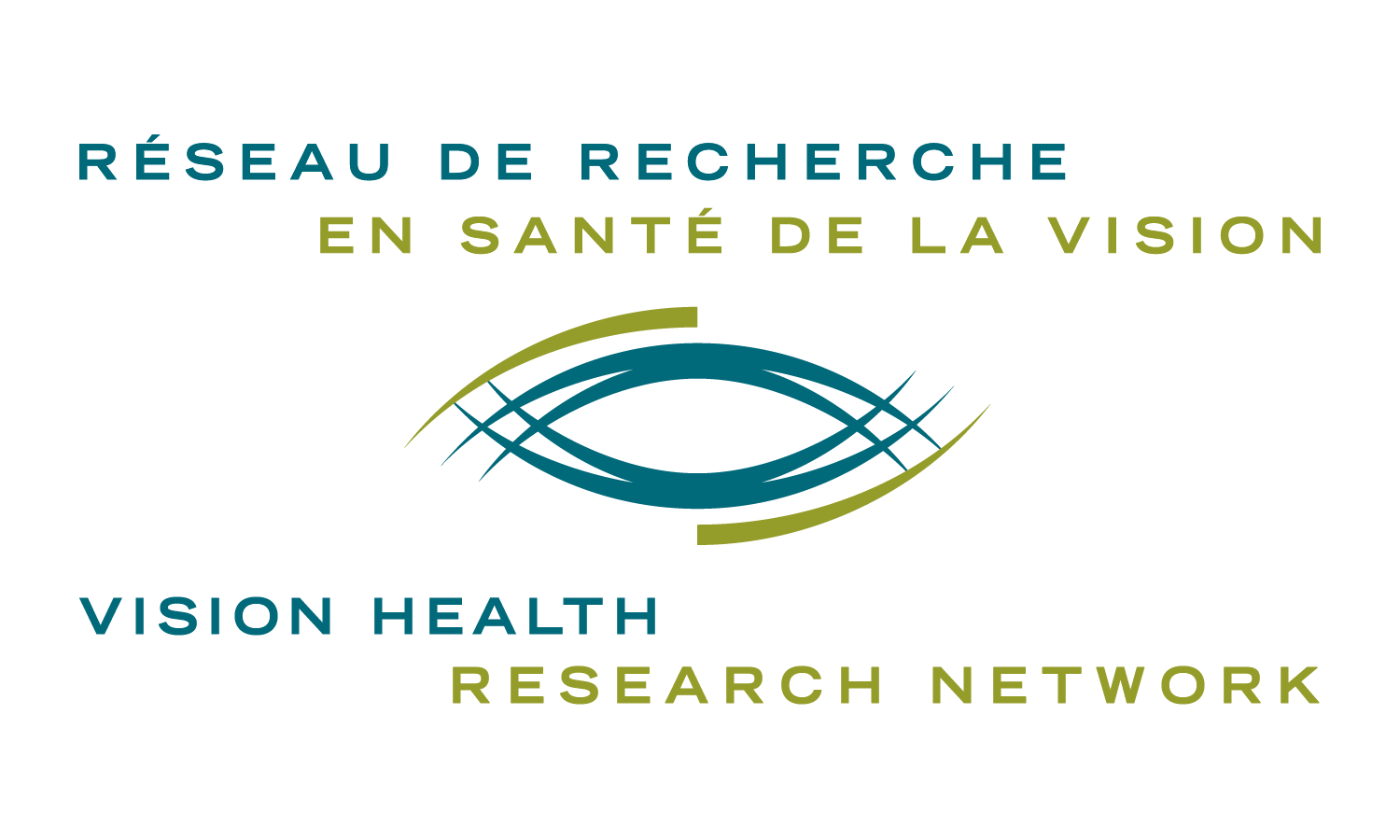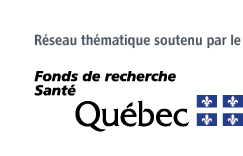Usability of assistive listening devices by older adults with low vision. Wittich W, Southall K, Johnson A. Disabil Rehabil Assist Technol. 2015 May 6:1-8.
Impact scientifique: Nous avons examiné la performance d’individus ayant une double déficience visuelle et auditive lors de l’utilisation d’aides techniques à l’écoute. Nous nous sommes penchés plus précisément sur la dextérité, la visibilité et la complexité de la tâche. Des effets bénéfiques et statistiquement significatifs ont été observés lors d’une intervention de réadaptation, mais aussi suite à une simple répétition de la tâche. Cependant, ni l’intervention ni la répétition n’a mené à un taux de succès de 100%, peu importe l’aide technique testée. Cette étude établit deux ponts importants entre la vision et l’ouïe et entre la recherche et la réadaptation. De plus, elle fournit aux cliniciens des données probantes pouvant servir à une allocation des ressources qui tient compte des complexités potentielles de la clientèle de réadaptation.
* * *
Résumé original
PURPOSE: This study examines the performance of individuals with both hearing and vision loss when using assistive listening devices.
METHODS: Older adults (age 60-100) with low vision only (n = 23), combined vision and hearing loss (n = 25) and a control group (n = 12) were asked to assemble a pocket talker, and operate a talking clock and an amplified telephone. They either received minimal or no instruction. Success at using the devices properly, as well as performance speed, was recorded.
RESULTS: The proportion of individuals with sensory loss that was able to complete our naturalistic tasks without mistakes ranged from 20% to 95%, depending on the device, the task complexity and the instruction provided. Both instruction as well as simple repetition had statistically significant and separate beneficial effects; however, neither was able to bring success to 100% on any device. Speed and task success were linked in an intuitive way, whereby individuals who succeeded at a task also performed it faster.
CONCLUSIONS: Even minimal explanation during the introduction of assistive listening devices to persons with low vision facilitates user success. Device visibility, cognitive and motor complexity of the task, as well as manual dexterity warrant further investigation as potential barriers to device use. Implications for Rehabilitation Hearing rehabilitation with individuals affected by vision loss requires additional attention and time to accommodate challenges with visibility and task complexity. Even minimal rehabilitation interventions can improve success and speed of device use. Repetition (practice) and instruction (strategy) have independent beneficial effects on device use. Dexterity, visibility, hand-eye-coordination, task complexity and cognitive ability need to be considered when assigning assistive devices for older adults with vision and/or hearing loss.


